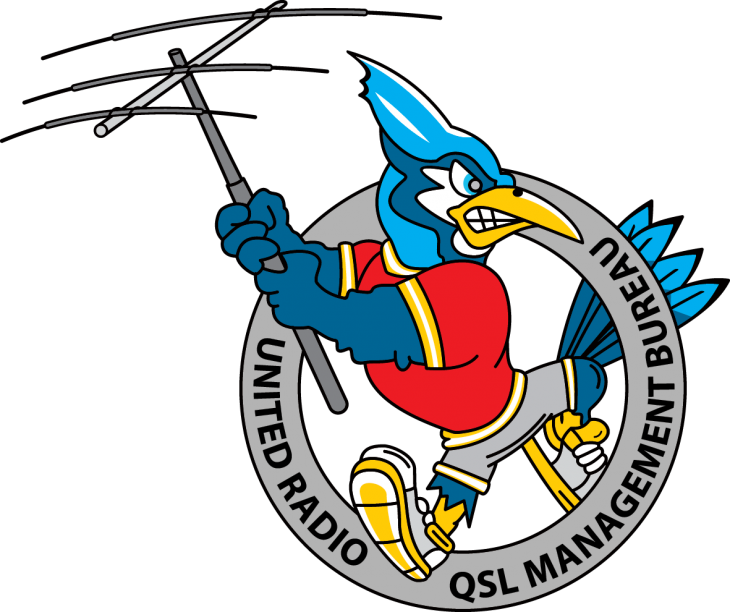We have all heard about the “DX Code of Conduct” and how important it is for all of us, DX chasers and DX activators to follow rules to reduce DQRM and other nasties. As a QSL manager I am able to see much of what happens behind the scenes and feel that the new year is a good time to help those of you planning DXpeditions in the future to make sure that you are fully prepared for your adventure. Many of the circumstances I describe below HAVE happened to the teams that I have worked with and some of them are so “school boy error” that you often do not even think about it until the problem occurs.
I want to start with the IT side of the DXpedition. Preparing computer equipment for the DXpedition is a very important job. It does not matter whether you are a single operator or a multi operator on a major DXpedition. You need to be familiar with the logging software that you are going to use, test not only the computers performance and stability before you leave but also the logging software itself.
Is it set up for fast entry DXpedition operating?
Is the time set to UTC? Remember if the clock is set to a local time zone any logging you do is completely worthless, not only will the QSOs not match on LoTW neither will the QSOs be valid as times will not match QSL requests and may be rejected by DXCC, IOTA or other award programs.
Do you have a USB memory stick to back up logs? Logs should be backed up at least each day that you are operating or every time you finish a shift ideally. Lost QSOs cannot be added later, if you lose your log, that is it, game over!
Anti virus software – Ensure that the computer equipment is free from harmful viruses. Any viruses could easily be moved from one machine to another causing catastrophic failure on site. Update the anti-virus software and be safe. Some logging software may stall when a daily virus scan starts, so it may be necessary to disable the daily scan until the DXpedition is over. Also disable all software updating facilities as this can also stall or trip up your logging software or even force pc restart.
Keyboards – If there is more than one operator, ensure that the keyboard layout is familiar to all operators. Scandinavia and South European, United Kingdom, Russian and USA will all use different layouts and will include local language characters. using an unfamiliar keyboard WILL inevitably create a lot of logging errors or even dropped log entries so be aware of this.
Interface Cables – Ensure that you have the correct interface cable for your transceiver to your computer. Make sure that the computer has the correct serial port or USB connectivity. There has been much talk recently of counterfeit FTDI chip sets and problems with Windows 8 OS. Test with the pc before you leave!
Tent & Generator style DXpeditions will have unique problems that they need to overcome. One of the most common problems occur when the generator goes down. I do NOT recommend computers be networked in a tent and generator style DXpedition. If you do network the computers make sure that you have a team member responsible for setting up the hardware & software correctly for this style of operation. The team member must be familiar with networking in a field day style of operation. All team members must also be briefed on how to synchronize to the main slave pc once the generator has been restarted. If the logging software is NOT resynchronized and the logs are not saved on each PC then you will undoubtedly will lose every QSO that is logged, you may as well go home!
Photograph Images – For QSL design & reproduction you should use a high resolution digital camera. Images and logos need to be 300 dpi or better. Low resolution images will be blurred, pixelated and the designer will not accept poor quality images as this will reflect on the reputation of the QSL manager, designer, printer and ultimately on the whole team.
One team member should be responsible for the photograph images and this person should be responsible for sending the images to the QSL manager as soon as possible after the DXpedition. I like to have the images no later than 7 days after the DXpedition, this gives the printing team time to create the QSL design while the QSL manager works on QSL requests. Ideally the QSL parcel will arrive just in time for the QSL manager to have caught up with all QSL requests so that all letters are posted quickly.
IOTA Rules – If you are going on an IOTA make sure that you know the rules for the IOTA programme, you can find the rules in the IOTA directory here: Make sure that you know the IOTA reference and Island name that you are transmitting from.
VERY IMPORTANT – When printing QSL cards for your activity the “Island Name” MUST be printed on the QSL card. You can also have your logging software print the Island name directly onto the QSO report label, ideal for smaller or multiple island activities.
Finally, remember that once your DXpedition is over you still have many obligations to fulfil. The DXpedition team leader must remain available after the DXpedition to complete the jobs which can take many weeks to complete. Log must be sent to QSL manager along with photographs, copy of licence and other proof for LoTW verification. Equipment will need to be returned, DX organisations / societies that sponsored your team will also have terms and conditions that you must adhere to.
Most of all it is important that the DXpedition is fun, and that all team members stay safe!

